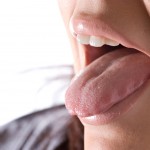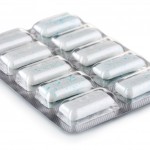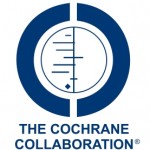
36 studies were included in this review of treatment options for xerostomia, hyposalivation and quality of life in patients with Sjögren’s syndrome provinding evidence to support pilocarpine use. However the number of studies were limited and adverse effects were common.
[read the full story...]


